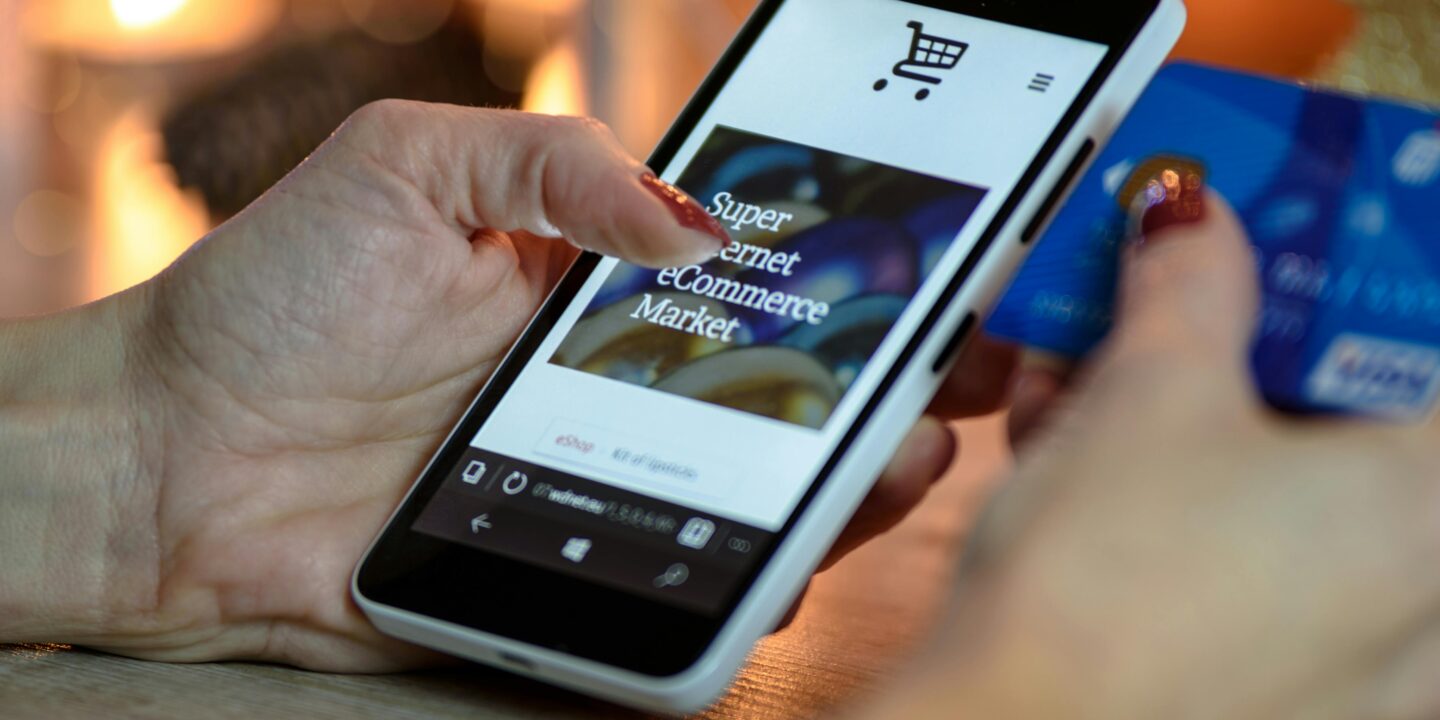
When it comes to online shopping, trust is everything. U.S. consumers want proof that they’re making the right choice before committing to a purchase. This is where social proof becomes a game-changer. Leveraging testimonials, reviews, and case studies is one of the most effective ways to build credibility, increase confidence, and drive conversions.
Social proof is a psychological phenomenon where people look to the actions and opinions of others to guide their own decisions. For businesses operating in the U.S., where competition is fierce, showcasing social proof can provide the validation potential customers need to take action.
This guide will explore actionable strategies for incorporating social proof into your marketing efforts and boosting your online sales. From tapping into American customer testimonials to creatively leveraging reviews and case studies, we’ll show how social proof can work wonders for your business.
Why Social Proof Matters for U.S. Businesses
Before we get into the strategies, it’s important to understand why social proof is critical for increasing online sales, particularly in the United States.
- Americans Value Peer Opinions: U.S. consumers heavily rely on customer reviews and recommendations when making purchase decisions. According to BrightLocal, 98% of consumers read online reviews for local businesses, and 9 out of 10 trust those reviews as much as personal recommendations.
- Builds Credibility and Trust: Establishing credibility is essential for any business, but especially online. Social proof serves as evidence that others have had positive experiences, making your brand easier to trust.
- Improves Conversions: Social proof can lead to higher conversion rates by eliminating buyer hesitation. ImpactPlus reported that incorporating testimonials on your website can increase conversions by up to 34%.
- Influences Purchase Decisions: Recommendations from real customers hold more weight than brand messaging. When people see others endorsing a product, it validates their decision to buy.
Now, let’s walk through how to turn this powerful tool into a driver of online sales.
Types of Social Proof You Can Use
1. Customer Testimonials
Customer testimonials are among the most straightforward and effective forms of social proof. Written or video statements from satisfied customers showcase positive experiences and reinforce your product’s value.
How to Effectively Use Testimonials:
- Highlight Real People: Use full names, photos, and locations for authenticity. For example, “Jane M., Chicago, IL” adds local context for U.S. customers.
- Include Specific Results: General testimonials like “Great product!” are less impactful than those with measurable outcomes. For instance, “Switched to this software and saved 5 hours a week on scheduling.”
- Feature Testimonials Across Channels: Place them on high-conversion pages like your homepage, landing pages, or product pages.
Example:
A fitness brand might feature a testimonial like, “After using this program, I lost 15 pounds in 3 months! Totally life-changing!” alongside a before-and-after photo for added impact.
2. Online Reviews
Reviews are arguably the most influential form of social proof, especially in the United States. They appear on platforms like Google, Yelp, Trustpilot, and product-specific review sites.
How to Leverage Reviews:
- Claim Your Business Listings: Platforms like Google My Business and Yelp allow customers to leave reviews. Ensure your profiles are optimized with accurate, up-to-date information.
- Encourage Reviews: Politely ask satisfied customers for reviews via email, at checkout, or with post-purchase prompts.
- Showcase Reviews Strategically: Feature top reviews prominently on your website, preferably with a widget that links directly to the source.
3. Case Studies
Case studies provide in-depth, detailed examples of how your products or services helped customers succeed. These are highly popular among B2B businesses but can also be effective for B2C brands.
Crafting an Impactful Case Study:
- Focus on Results: Quantify the benefits your customer experienced.
- Story Format: Structure the case study as a narrative, starting with the problem, followed by your solution, and concluding with measurable results.
- Tailor for the U.S. Audience: Use culturally relatable examples or highlight American companies as your case study subjects.
Example:
A digital marketing agency might share a case study about how they increased a California-based client’s website traffic by 150% within six months.
4. User-Generated Content (UGC)
User-generated content, such as photos, videos, or social media posts from your customers, is an authentic and engaging form of social proof.
Tips for Using UGC:
- Encourage Sharing: Ask customers to post about your product on social media and use branded hashtags.
- Feature UGC: Showcase posts on your website, in emails, or directly on your social channels.
- Run Contests: Offer incentives like discounts or prizes to encourage UGC submissions.
Example:
A U.S.-based clothing company might repost Instagram photos of customers wearing their clothes with the hashtag #MyBrandStyle.
5. Celebrity and Influencer Endorsements
Influencers and celebrities wield significant influence in the United States. Their endorsements can drive trust and spark interest in your product.
How to Use Influencer Social Proof:
- Choose the Right Influencers: Partner with influencers who align with your brand and appeal to your target demographic.
- Be Transparent: Ensure compliance with FTC guidelines by clearly labeling endorsements as sponsored.
- Repurpose Influencer Content: Share influencer posts and reviews across your marketing platforms.
Example:
A beauty brand might collaborate with a popular TikTok creator known for honest skincare reviews.
6. Social Media Metrics
Numbers can be powerful proof. Showcasing stats like “500,000 happy customers” or “10,000 5-star reviews” makes it clear that many people trust your business.
Where to Use Social Media Metrics:
- Product pages
- Paid social ads
- Promotional emails
- Website banners
Example:
A food delivery service might highlight, “Trusted by over 1 million homes across the USA!”
Best Practices for Using Social Proof
Now that you know the types of social proof available, here are some tips to make the most of them:
1. Be Strategic About Placement
Place social proof where it will have the most impact, such as:
- Near calls-to-action (CTAs) on landing pages.
- Adjacent to product descriptions on e-commerce sites.
- At decision-making points in the checkout process.
2. Use Multiple Forms
Different U.S. consumers value different types of social proof. Combine customer reviews, testimonials, and UGC to appeal to a broader audience.
3. Keep It Fresh
Update your social proof regularly to keep it relevant. Highlight recent reviews and update case studies with the latest data.
4. Leverage Video Testimonials
Americans consume more video content than any other medium. Create short, engaging video testimonials that customers can relate to.
5. Celebrate Milestones
Highlight achievements or landmarks to establish credibility. For example, “Celebrating 5 years of serving the Boston community” resonates with U.S. customers.
Final Thoughts
Social proof is one of the most crucial tools for building trust and driving online sales in the highly competitive U.S. market. By leveraging testimonials, reviews, user-generated content, and other types of validation, you can reassure customers that your product or service is worth their investment.
Remember, the key is authenticity. Use real stories from real people to make a genuine connection with your audience. Keep your social proof updated, integrate it across platforms, and monitor its performance to see just how much of an impact it can have on your bottom line.
Start incorporating these strategies today, and watch your online sales soar. Trust, after all, is the foundation of great customer relationships!
Happy selling! 🚀











No Comments